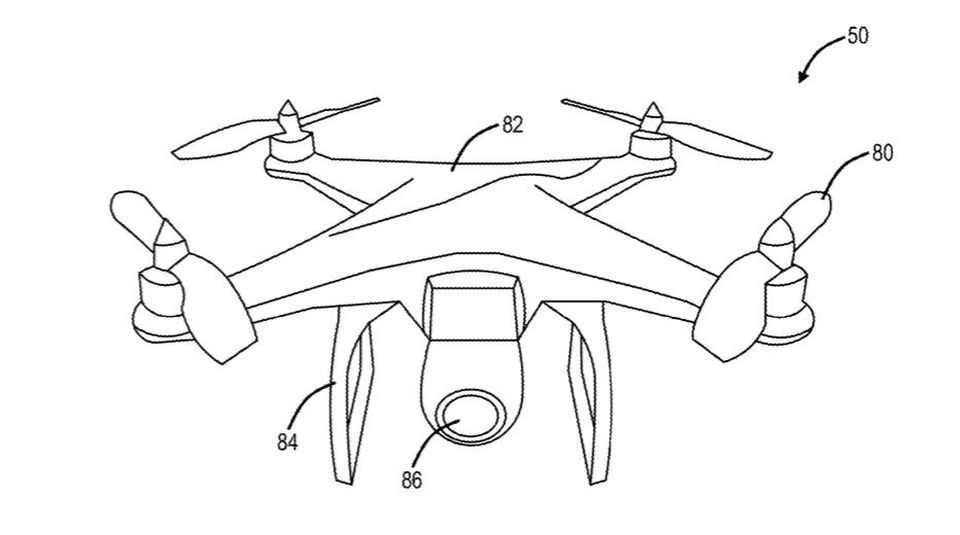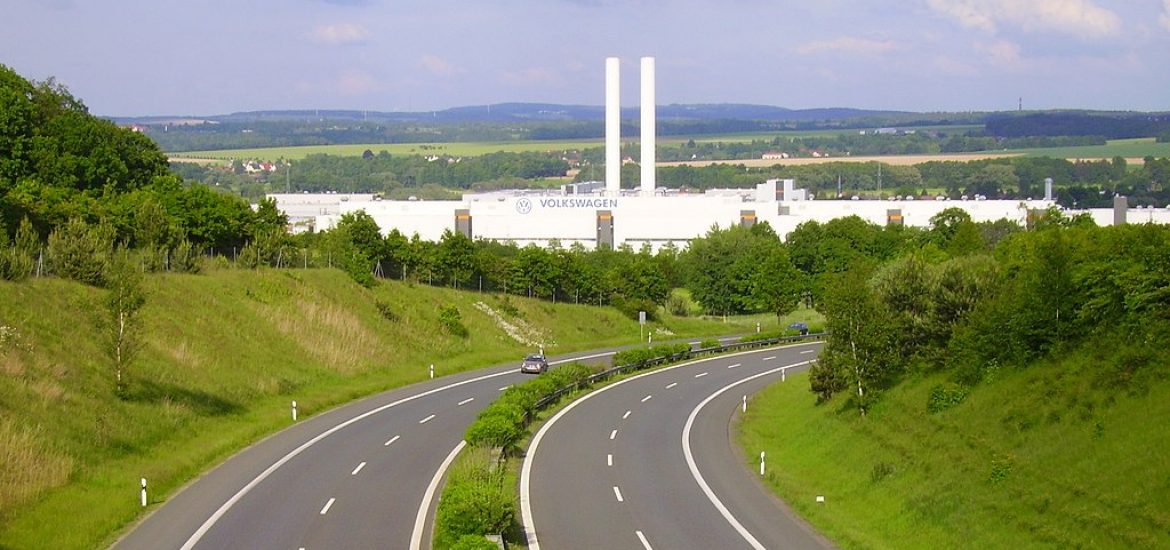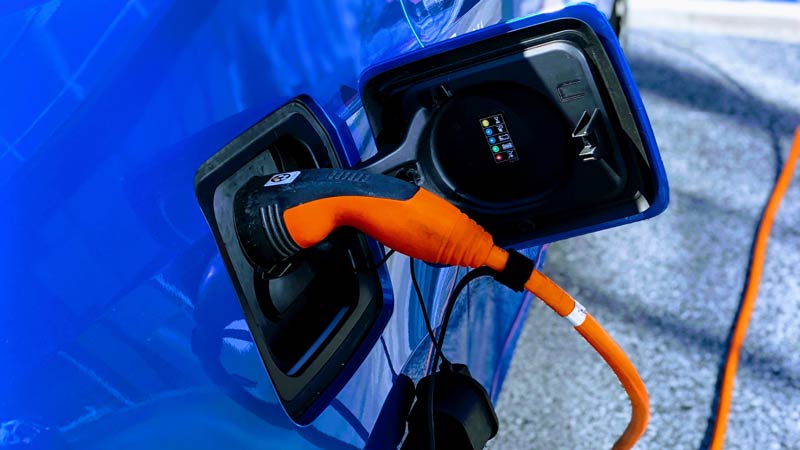
While we’re out here walking the halls at the 2018 SEMA Show, we’re looking for the coolest and newest products that are coming your way in 2019 or (preferably) sooner. When you think about performance upgrades, you don’t normally think about batteries, but after stopping by at the Lithium Pros booth, batteries just became a whole lot cooler.
Lithium Pros is quickly becoming the leader in high-performance, lightweight batteries. Whether you’re road racing, drag racing, off-roading, marine, industrial or even golf carting, Lithium Pros can cover nearly any application. During our stop at Lithium Pros, we caught up with the Kevin Bennett, the representative for Lithium Pros to get the scoop on what batteries were available for trucks.
“We have two batteries here on display that will fit in the diesel truck category. We have the 16-volt P1625 battery and the 12-volt P3426 battery,” said Bennett. The P1625 is your competition battery or racing only if you will. The P3426 battery is for your work trucks that are out in the heat and cold weathering.”
P1625 batteries are for drag racing and utilize a separate terminal for your battery charger hook-up. Yes, a three post battery that weighs only 11 pounds. The P3426 batteries, while less voltage, still pack a very big punch. These batteries have a wide range of working temperatures all the way down to 0 degrees Fahrenheit and have 1,000 cold cranking amps. These batteries weigh in at 18 pounds which is still close to 20 pounds lighter than your OEM battery with less power.
We are super excited to try out these batteries from Lithium Pros in both of our project trucks and show how well these monsters work. Check out the Lithium Pros website for more information and stay tuned for more coverage from the 2018 SEMA Show.





